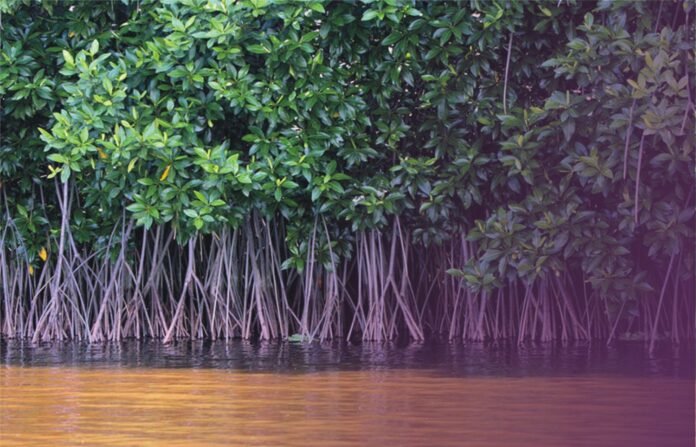Rapid urbanization and deforestation threaten Karachi’s mangrove forests, which protect the city’s shoreline from storms, flooding, and other climate change-related disasters. A recent WWF-Pakistan assessment found that housing and industrial projects had removed large areas of mangroves, jeopardising natural ecosystems.
For 20 years, WWF-Pakistan’s Richard Garstang Conservation Lab has collected data using Earth Observation Satellites, Remote Sensing, and GIS. They found that land reclamation and development programmes rapidly reduced mangrove cover. Karachi lost 200 hectares of mangroves between 2010 and 2022, despite the Sindh Forest Department (SFD) planting 55,555 hectares along the Sindh coastline from 2020 to 2024.
Satellite data from the WWF report shows red areas where mangroves have been destroyed, while yellow and blue lines indicate areas remaining under threat of encroachment. Illegal land allotments and commercial logging worsen the situation by prioritising short-term profits over environmental protection.
WWF-Pakistan Director General Hammad Naqi Khan stressed that mangrove destruction increases local communities’ vulnerability to oceanic disasters and eliminates biodiversity support, urban cooling, air purification, and carbon dioxide storage. He urged for stakeholder coordination to maintain and manage these crucial natural resources.
As Karachi grows, rigorous rules and replanting efforts are needed to protect its mangrove habitats. These coastal woodlands are essential to the city’s climate change resilience.



